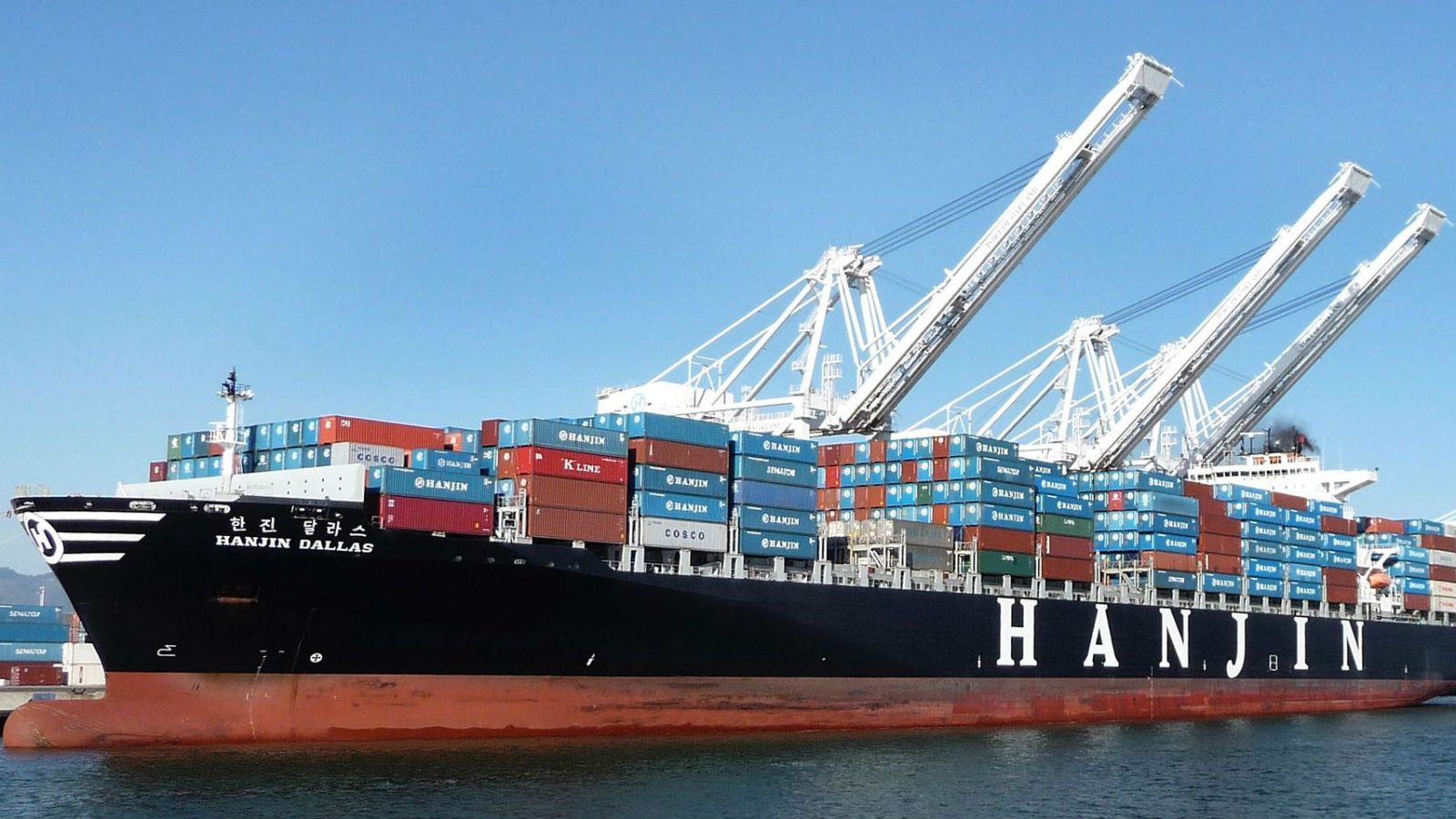Ports Adjust to Hanjin Cargo Difficulties

In the wake of the sudden collapse of Hanjin Shipping's operations late last month, container terminals around the world are still adjusting their response the the aftermath – whether to allow the carrier's ships to dock, whether to accept more import containers, how to handle containers already in the terminal and whether to charge extra for discharging them. Ports from Saudi Arabia to China have refused entry given the uncertainty over the line's ability to pay for services, and roughly $14 billion in cargo on 90 ships is estimated to be stranded at sea.
DP World's Jebel Ali port in Dubai has recently chosen to allow Hanjin vessels to dock. However, in tandem, it has also chosen to increase its handling fees for Hanjin containers and to charge an additional $2,700 security deposit before allowing cargo owners to take delivery of each box.
A DP World spokesman told UAE's The National that "the deposit is repayable and traders also have the option to clear their shipment through our systems without any deposits. We are trying to help the traders as best as we can with different options to clear their containers."
Other facilities, including terminals at Felixstowe, London Gateway, Hong Kong and Rotterdam, have followed a similar course, sharing the added costs of the line's containers with other stakeholders. But the fees have provoked controversy in the shipping community, and some BCOs and NVOCCs have pushed back against the charges. In the U.S., Federal Maritime Commission chairman Mario Cordero has expressed concern that high fees could be unfair to shippers, forwarders and truckers; the commission has encouraged affected parties to file complaints.
Fees aside, with only a handful of ports accepting Hanjin’s ships, the offload may happen far from the customer’s location. This is where electronic booking services can help forwarders and shippers get their containers under way again, says Inna Kuznetsova, President and COO of global shipping portal INTTRA.
"While U.S. and European importers battle in court to receive their freight without paying fines, exporters often find their containers offloaded in different ports from their planned destinations. They need to book sailings for the next leg," Kuznetsova says. "The world’s best collection of ocean schedules on the INTTRA portal helps them grab the open spots first and minimize the pain. Our services also help them rebook future shipments in an urgent manner."
Where do the empties go?
After customers get their cargo delivered, the empty containers face an uncertain return leg: many terminals, including Hanjin's own Total Terminals in Long Beach and Seattle, will not receive Hanjin empties – leaving the orphaned boxes to sit idle at trucking firms and storage yards with no set destination. "We have nowhere to take them. We're just stacking them up in our yard to the best of our ability for our customers," said Ron Cancilla of Oakland's Impact Transportation, speaking to local TV news.
And if the empty box remains on a chassis, the daily chassis fees will continue to add up, warned LA's St. George Logistics in a recent note to customers. The firm has suspended its usual flat rate chassis billing for Hanjin containers given the uncertainty, and asks the cargo owner to specify where to put the empty when it is unloaded – before the pickup from the terminal. Container leasing yards are filling up with the boxes, St. George warns, as is the firm's own facility.
